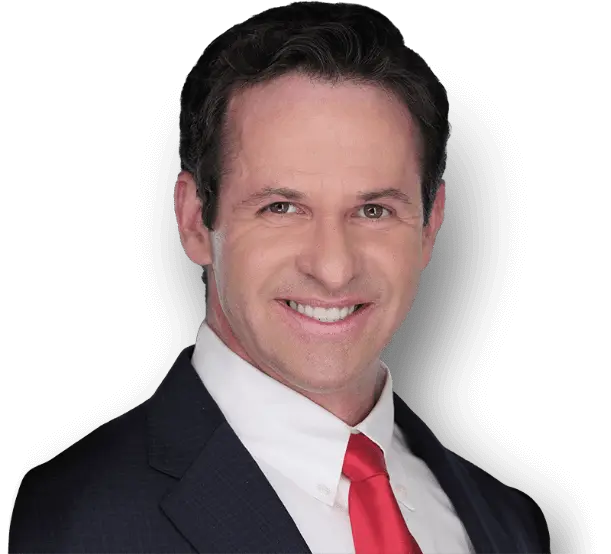Slip-and-fall accidents can lead to serious injuries. When property owners are negligent and fail to maintain safe conditions, they may be held liable through a personal injury lawsuit. If negotiations fail to reach a settlement agreement, the case may proceed to a trial by jury.
Levels of Fault
Utah follows a “comparative negligence” system when determining liability in personal injury cases. This means the percentage of fault is assigned to each party. For example, if the plaintiff is found 25% at fault for the accident and the defendant 75%, the plaintiff’s potential damages award would have a deduction similar to their share of fault as a percentage. Defendants only pay damages equal to their percentage of fault.
Burden of Proof
In slip-and-fall claims, the injured plaintiff carries the burden of proving:
- The defendant owed them a duty of care
- The defendant breached this duty
- This breach directly caused the plaintiff’s injuries
- Damages resulted from the injuries
The plaintiff must show, through evidence and testimony, that the property owner failed to take reasonable steps to make the premises safe. Plaintiffs will work closely with their attorneys to gather persuasive evidence and prepare for trial.
Gathering Evidence
Slip-and-fall cases rely heavily on evidence collection. The following are key types of evidence:
- Photographs – Of the accident scene, unsafe conditions, injuries, etc. Multiple photos should be taken from different angles and distances.
- Video Footage – If available of the incident. Surveillance footage from security cameras could provide visual proof.
- Medical Records – Documenting injury diagnosis, treatment, prognosis, etc. These serve as vital proof of damages.
- Medical Bills – Showing costs incurred for treatment, medications, assistive devices, therapy, etc. Ongoing and future costs should also be estimated.
- Expert Testimony – Could come from doctors, vocational experts, engineers, workplace safety specialists, biomechanics experts, economists, etc. They can provide opinions on liability, injuries, recovery timelines, and more.
- Eyewitness Statements – From anyone who observed the fall and conditions leading up to it. Their recollections will be preserved through recorded interviews and affidavits.
- Incident Reports – Created by store employees, first responders, or witnesses at the scene. These provide documentation of the immediate aftermath.
- Maintenance Records – Showing safety practices, inspection schedules, repairs, work orders, etc. These help determine what the owner knew and when.
Plaintiff and Defense Strategies
The plaintiff’s attorney will attempt to demonstrate precisely how the property owner was negligent through evidence presentation and witness testimony. Common slip-and-fall accident causes include:
- Wet or greasy floors
- Cluttered walkways
- Poor lighting
- Unsafe steps or stairs
- Lack of handrails
- Debris or objects blocking pathways
- Damaged or irregular flooring
Meanwhile, the defense will seek to prove they maintained reasonable safety precautions and the plaintiff bears some comparative fault. They may argue factors like:
- The plaintiff was not paying attention to their surroundings.
- Signs and warnings were posted about wet floors or other hazards.
- The plaintiff wore improper footwear.
- The plaintiff was under the influence of drugs or alcohol.
- The plaintiff had a pre-existing condition that contributed to falling.
Examining Premises Safety
Plaintiffs must prove the property owner failed to take actions a “reasonably prudent” owner would take. The jury examines factors like:
- Did the owner create the dangerous condition or know about it?
- Did the owner properly hire, train, and supervise staff regarding safety?
- Were there adequate warnings about potential hazards?
- Did the owner follow standard safety practices and building codes?
- Were reasonable inspection and maintenance protocols in place?
- Were proper cleaning products and equipment used?
- Was non-slip flooring installed in risky areas?
Testifying at Trial
In addition to submitting evidence, the plaintiff will take the witness stand to describe their experience. They’ll explain what happened leading up to and during the fall, the severity of their injuries, and the recovery process. Eyewitnesses may also testify about what they saw.
Medical experts can explain how the plaintiff’s injuries relate to the incident and prognosis. Vocational experts may testify about lost income and career impact.
Settlements and Damages
Many slip-and-fall cases settle out of court once liability seems clear. If not, the jury will determine fault percentages and award damages. Compensation can cover:
- Medical expenses from injury treatment
- Lost income and reduced earning capacity
- Pain, suffering, and reduced quality of life
- Long-term care and rehabilitation
- Loss of consortium between spouses
Punitive damages may be awarded if gross negligence is proven. Overall, settlements and awards often range from $25,000-$150,000 depending on injury severity.
Dealing with a painful injury can be difficult enough without having to go to court over it. However, trials allow injured victims to potentially recover rightful compensation when property owners fail to uphold safe premises. Experienced personal injury attorneys can provide skilled guidance through the legal process.
Don’t hesitate to call our office for a free consultation if you’ve been injured in Utah. We have 32 offices in 19 states, including Utah, Washington, and Georgia, and are here to help get you the justice you deserve.
